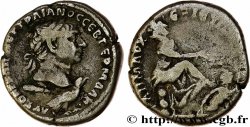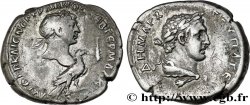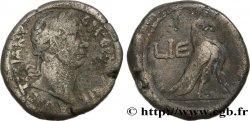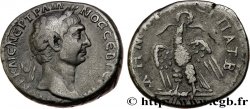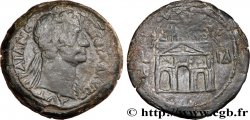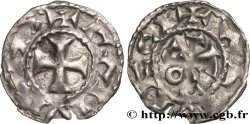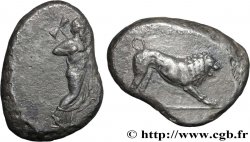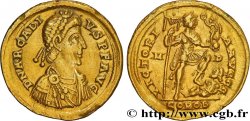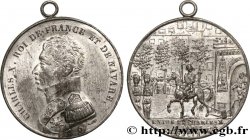Live auction - brm_465218 - TRAJANUS Aureus
You must signin and be an approved bidder to bid, LOGIN TO BID. Accounts are subject to approval and the approval process takes place within 48 hours. Do not wait until the day a sale closes to register. Clicking on "BID" constitutes acceptance of the terms of use of cgb.fr private live auctions.
Bids must be placed in whole Euro amounts only. The sale will start closing at the time stated on the item description; any bids received at the site after the closing time will not be executed. Transmission times may vary and bids could be rejected if you wait until the last second. For further information check the Live auction FAQ
All winning bids are subject to a 18% buyer’s fee.
All winning bids are subject to a 18% buyer’s fee.
| Estimate : | 5 500 € |
| Price : | 3 650 € |
| Maximum bid : | 3 650 € |
| End of the sale : | 06 March 2018 15:46:02 |
| bidders : | 3 bidders |
Type : Aureus
Date: Decennalia
Date: 107
Mint name / Town : Roma
Metal : gold
Diameter : 18,5 mm
Orientation dies : 6 h.
Weight : 7,27 g.
Rarity : R3
Coments on the condition:
Exemplaire sur flan bien centré des deux côtés avec les grènetis visibles
Obverse
Obverse legend : IMP TRAIANO AVG GER DAC. P M TR P COS V P P.
Obverse description : Buste lauré et drapé de Trajan à droite, vu de trois quarts en arrière (A*21).
Obverse translation : "Imperatori Traiano Augusto Germanico Dacico Pontifici Maximo Tribuniciæ Potestate Consule quintum Patri Patriæ" (À l'empereur Trajan auguste germanique dacique, Grand pontife, revêtu de la puissance tribunitienne, consul pour la cinquième fois, Père de la Patrie).
Reverse
Reverse legend : S.P.Q.R. OPTIMO PRINCIPI.
Reverse description : Hercule nu debout de face sur une base, tenant la massue de la main droite et la léonté reposant sur le bras gauche.
Reverse translation : “Senatus Populus Que Romanus Optimo Principi” (Au nom du Sénat et du peuple romain au meilleur des princes).
Commentary
Rubans de type 3. Légendes de droit et de revers partiellement ponctuées. Ce type semble de la plus grande rareté et manque à la plupart des ouvrages de référence. D’après P. V Hill, ce type d’aureus pourrait avoir été frappé à l’occasion de la seconde victoire dacique de Trajan et au triomphe qui l’accompagna.







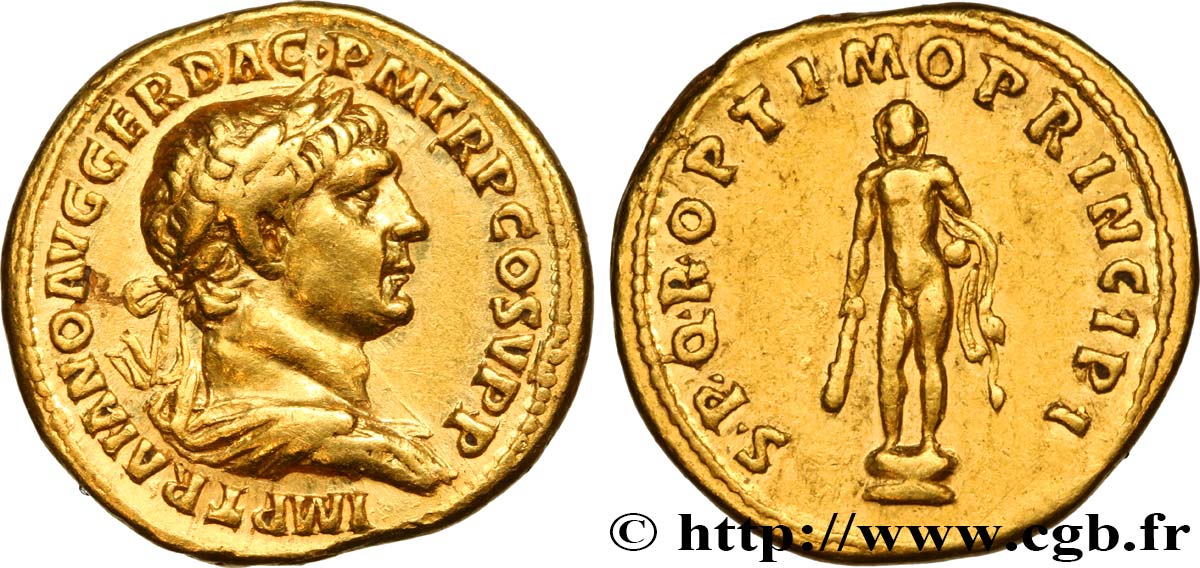
 Report a mistake
Report a mistake Print the page
Print the page Share my selection
Share my selection Ask a question
Ask a question Consign / sell
Consign / sell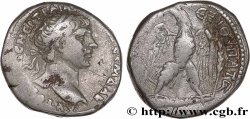
 Full data
Full data